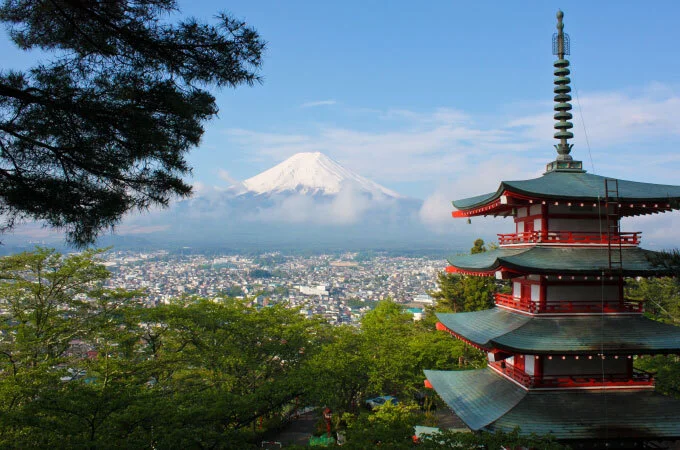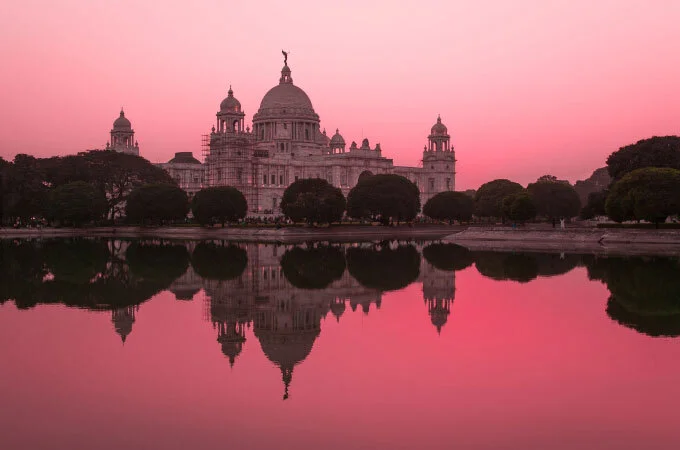Tanzania — An Iconic Safari Destination
Famous for the Serengeti and Mount Kilimanjaro, Tanzania is a safari paradise where endless savannahs meet rich cultures and diverse wildlife. From witnessing the Great Migration to relaxing on Zanzibar’s beaches, Tanzania offers adventures like no other.
- Serengeti Migration
- Ngorongoro Crater Safari
- Climb Mount Kilimanjaro
- Zanzibar Beaches
- Cultural Encounters
- Elephants in Tarangire
Common Wildlife
- Elephant
- Lion
- Giraffe
- Zebra
- Rhino
- Buffalo
- Leopard
- Hippo
- Cheetah
- Wildebeest
Tanzania is one of Africa’s most iconic destinations, offering travelers a mix of breathtaking landscapes, rich culture, and unforgettable wildlife encounters. From the sweeping plains of the Serengeti to the snow-capped peaks of Mount Kilimanjaro and the turquoise waters of Zanzibar, Tanzania is a land where adventure, relaxation, and cultural exploration blend seamlessly. As one of the premier safari destinations in the world, it continues to attract travelers seeking the ultimate African experience.
Tanzania’s Natural Beauty
Tanzania’s landscapes are among the most diverse in Africa. The country features endless savannahs, volcanic craters, tropical forests, and pristine coastlines. The Serengeti is renowned for its vast grasslands and the Great Migration, while the Ngorongoro Crater forms a natural amphitheater teeming with wildlife. To the northeast, Mount Kilimanjaro—the highest peak in Africa—rises majestically, offering both awe-inspiring views and thrilling climbing opportunities. Meanwhile, the coastal region, with Zanzibar at its heart, provides idyllic beaches and Indian Ocean charm.
The Great Migration in Serengeti National Park
No trip to Tanzania is complete without witnessing the Great Wildebeest Migration, one of nature’s most dramatic spectacles. Over a million wildebeest, accompanied by zebras and gazelles, move across the Serengeti ecosystem in search of fresh pastures. This natural cycle of life and survival, with predators like lions and crocodiles lying in wait, creates unforgettable safari moments.
Game drives in the Serengeti allow visitors to experience this wildlife drama up close, making the park a true highlight of Tanzania’s safari circuit.
Ngorongoro Crater: Africa’s Eden
The Ngorongoro Crater, a UNESCO World Heritage Site, is another crown jewel of Tanzania. Formed by a collapsed volcano, the crater creates a natural enclosure for an astonishing diversity of wildlife. Visitors can spot the Big Five—lions, elephants, buffaloes, leopards, and rhinos—within a single day.
The scenery is equally captivating, with lush grasslands, shimmering lakes, and forests providing habitats for thousands of animals and countless bird species. This makes Ngorongoro one of the best wildlife viewing destinations in the world.
Climbing Mount Kilimanjaro
For adventurers, Mount Kilimanjaro is an irresistible challenge. Rising to 5,895 meters, it is the tallest free-standing mountain in the world. Climbers from around the globe attempt to reach its summit, Uhuru Peak, each year.
The trek takes visitors through multiple ecological zones, from tropical forests to alpine deserts, before finally reaching the snow-capped summit. Even for those who don’t climb, the sight of Kilimanjaro dominating the horizon is awe-inspiring.
Zanzibar: A Coastal Paradise
For relaxation after a safari, Zanzibar is a dream escape. This island archipelago is famous for its white-sand beaches, turquoise waters, and rich history. Visitors can explore Stone Town, a UNESCO World Heritage Site, with its winding alleys, spice markets, and Arab-influenced architecture.
Activities such as snorkeling, diving, dhow cruises, and spice tours make Zanzibar more than just a beach destination—it’s also a cultural and historical gem.
Safari in Tarangire and Lake Manyara
Beyond the Serengeti and Ngorongoro, Tanzania is home to other remarkable parks. Tarangire National Park is renowned for its massive elephant herds and iconic baobab trees, while Lake Manyara National Park offers lush landscapes, flamingo-filled lakes, and tree-climbing lions. These parks add variety and depth to Tanzania’s safari experiences, making each journey unique.
Cultural Encounters
Tanzania is rich in cultural diversity, with over 120 ethnic groups. The Maasai people, known for their vibrant traditions and colorful attire, are among the most iconic. Visitors can engage in cultural tours to learn about traditional pastoralist lifestyles, dances, and crafts.
Other communities, such as the Chagga near Kilimanjaro or the Swahili along the coast, also offer authentic experiences that connect travelers to Tanzania’s heritage and way of life.
Birdwatching Haven
Tanzania is a paradise for birdwatchers, boasting over 1,100 species. Wetlands, forests, and savannahs provide habitats for both endemic and migratory birds. Parks like Serengeti, Lake Manyara, and Tarangire, as well as the coastal areas, offer superb birdwatching opportunities. Species such as the Fischer’s lovebird, lilac-breasted roller, and flamingos are among the highlights.
Best Time to Visit Tanzania
Tanzania is a year-round destination, but timing depends on interests:
Dry Season (June to October): Best for safaris and wildlife viewing, particularly the Great Migration river crossings.
Wet Season (November to May): The scenery is lush, and it’s excellent for birdwatching and photography, though roads may be muddy.
The climate is generally warm and pleasant, especially along the coast and islands.
Accessibility and Travel Tips
Visa Requirements: Most visitors require a visa, easily obtained online or on arrival.
Transport: Tanzania has both domestic flights and a good road network connecting key parks. Safari itineraries often combine air and road transfers.
Accommodation: From luxury lodges in the Serengeti to eco-camps and budget-friendly guesthouses, Tanzania caters to every type of traveler.
Safety: Tanzania is considered safe for travelers, with welcoming locals and established tourism infrastructure.
Common Wildlife
- Elephant
- Lion
- Giraffe
- Zebra
- Rhino
- Buffalo
- Leopard
- Hippo
- Cheetah
- Wildebeest






